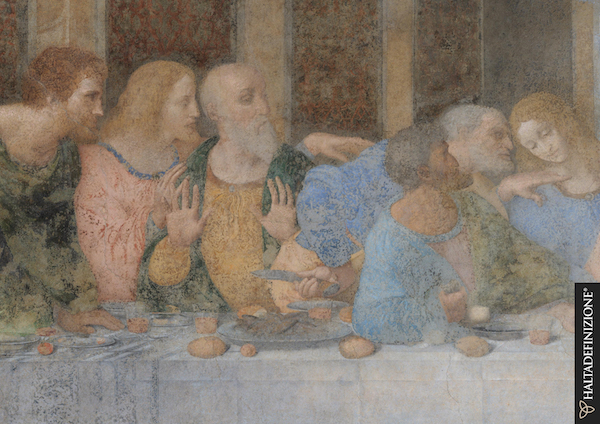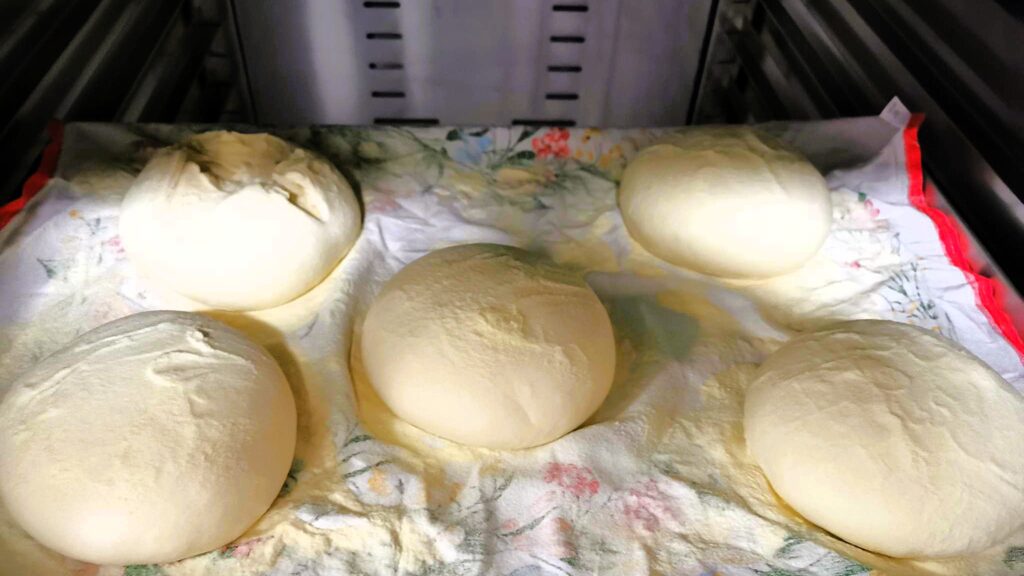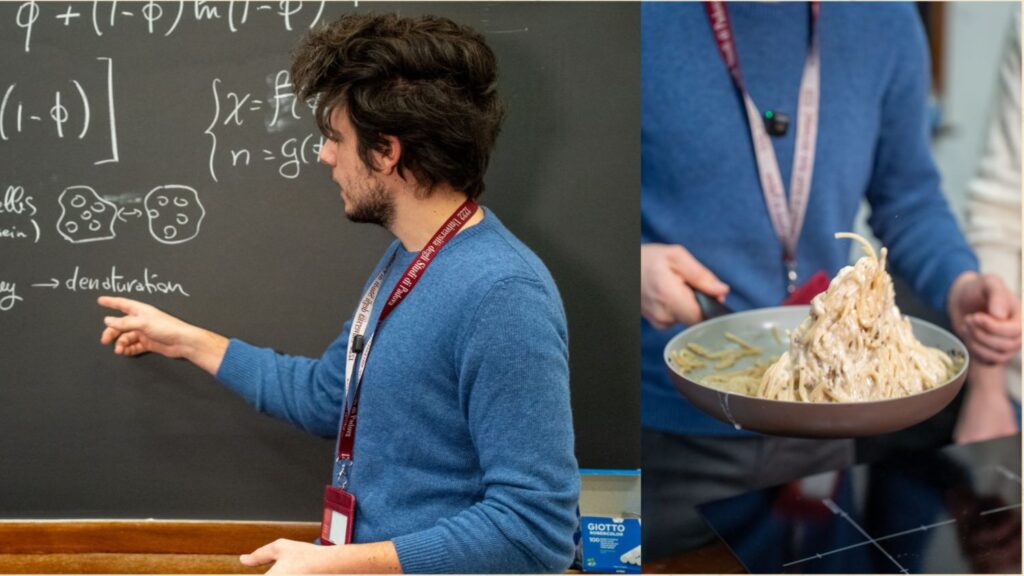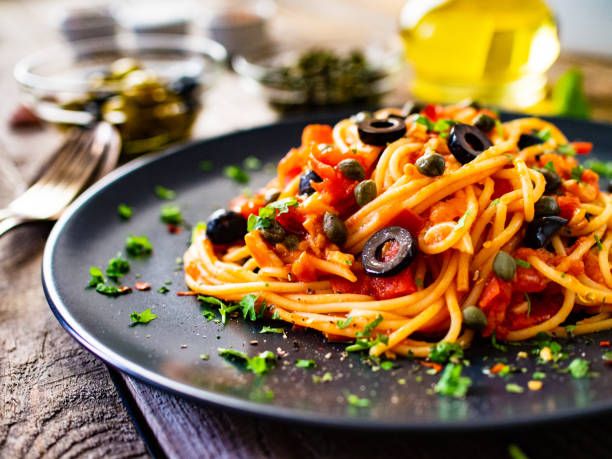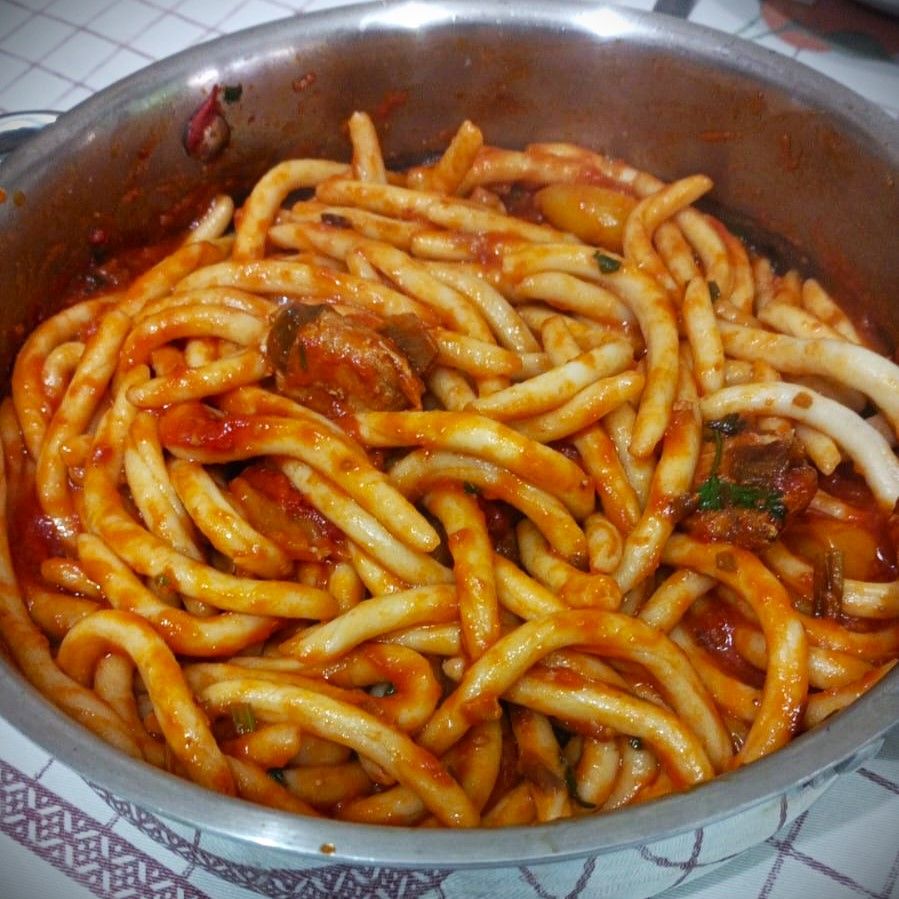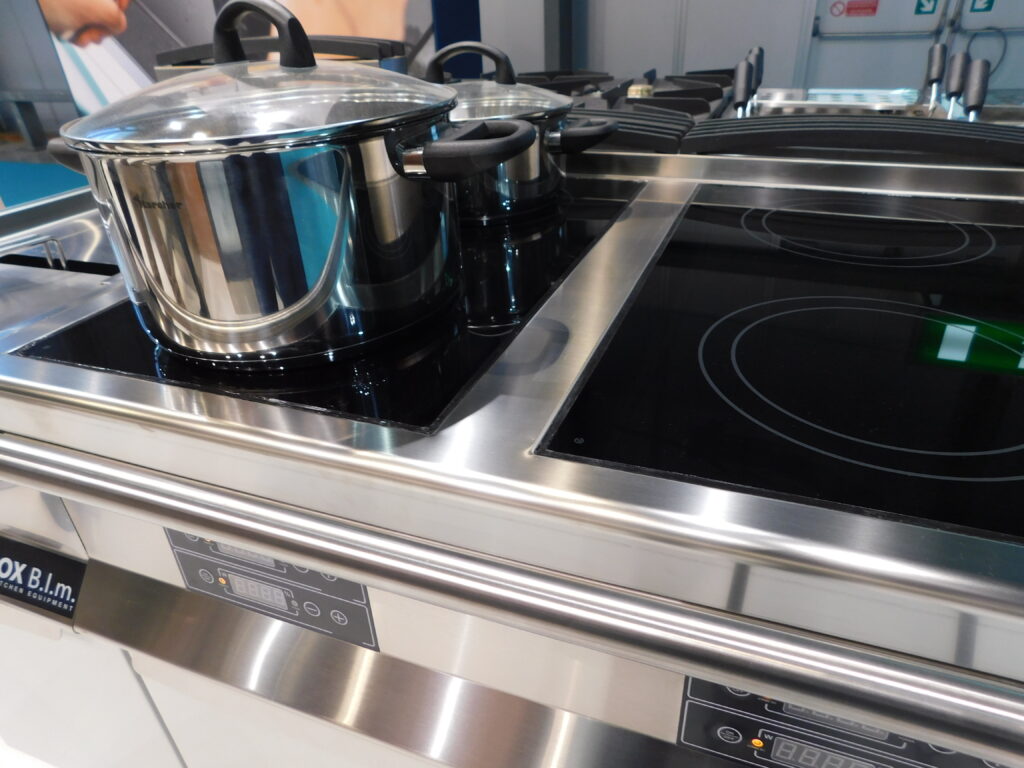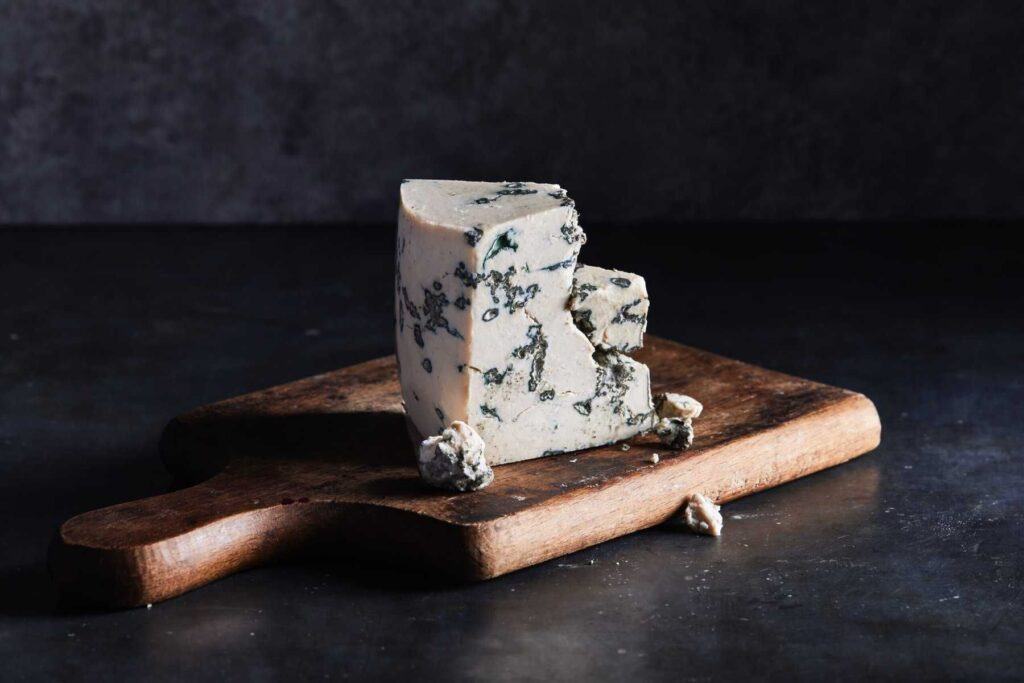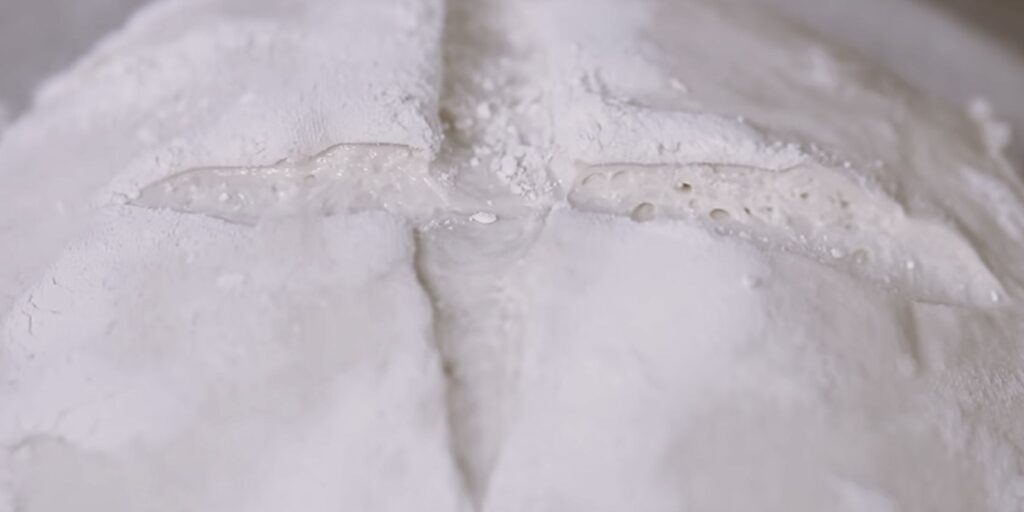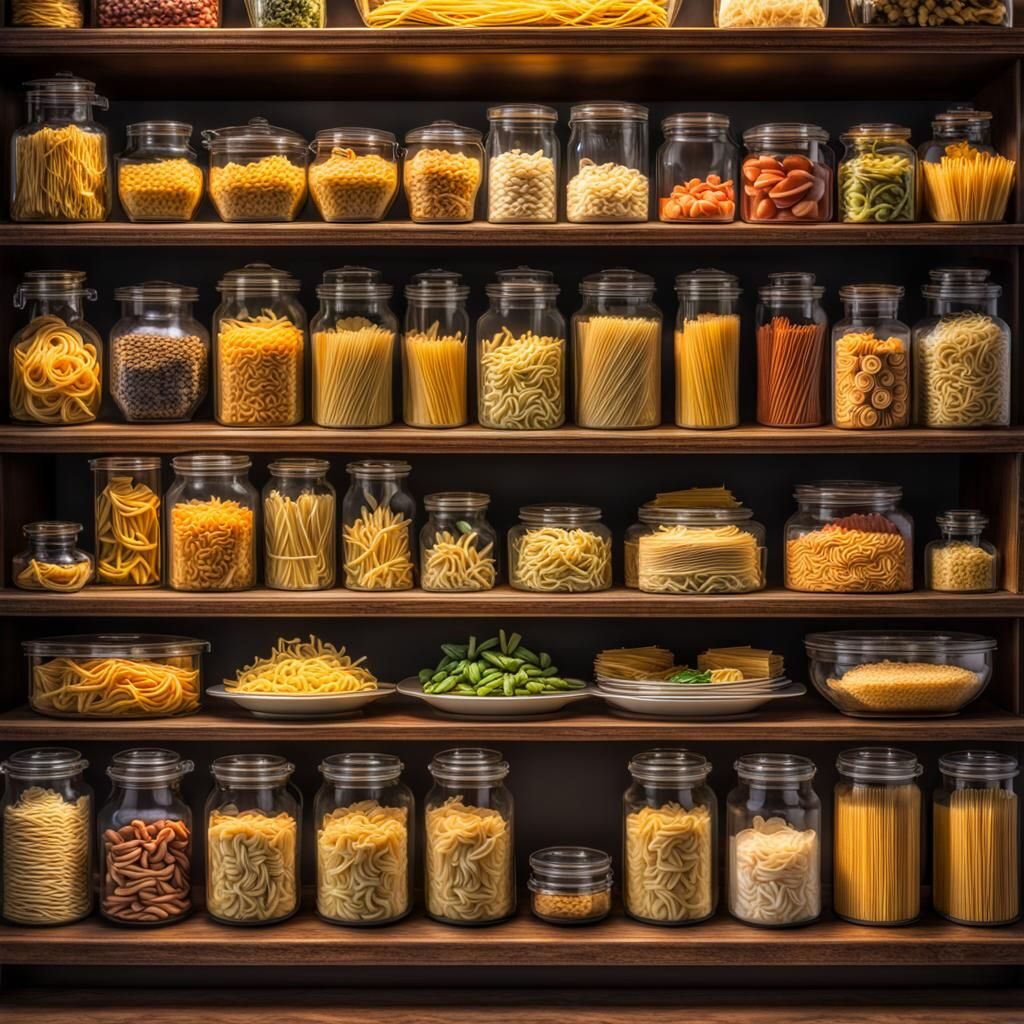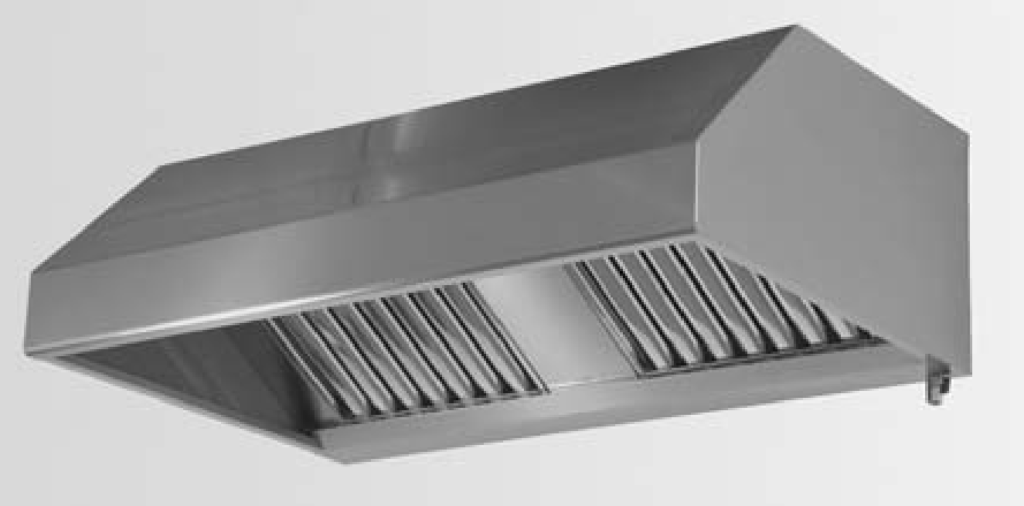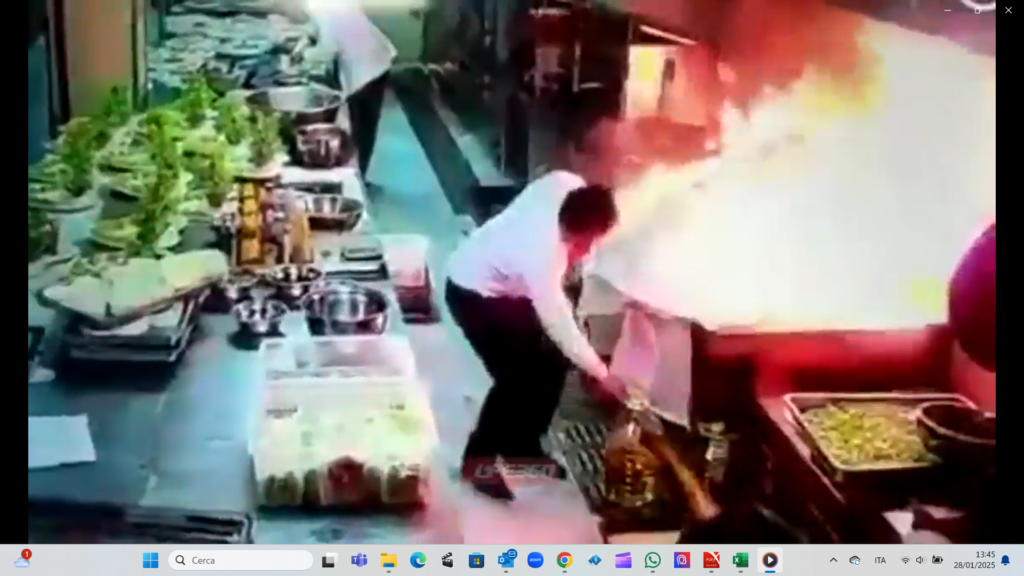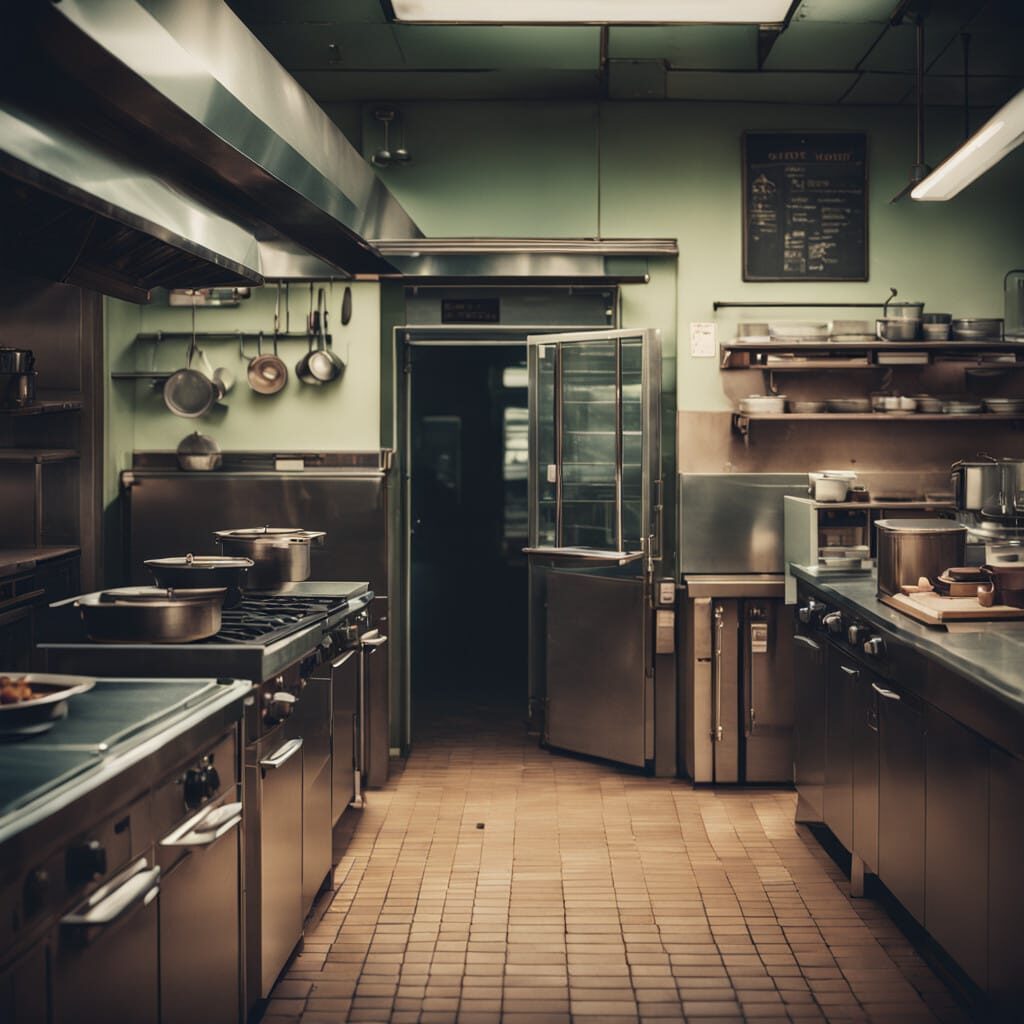Among all the artistic works depicting meals, the most famous is certainly “The Last Supper” by Leonardo Da Vinci.
As you well know, this wall painting represents the Last Supper of Christ with the apostles.
And it is well known that it is a painting with a very precise symbolism, mythologized in recent years by novels and films that have been successful on a global scale (despite their historical veracity is, to put it mildly, imaginative).
But what did Jesus and the apostles eat according to Leonardo?
Well, Leonardo paid a lot of attention to religious symbolism, leaving aside the historical accuracy: as far as food is concerned, “The Last Supper” looks much more like a late-medieval banquet rather than a traditional Passover Sedar (in which one used to dine mostly on unleavened bread, bitter herbs and roast lamb).
We can see the apostles eating eels (as can be seen from the contrast between the black skin and the shining white flesh), a dish described by the Old Testament as “treif“, or “non-kosher”, which does not conform to Jewish law.
This forbidden dish is accompanied by (anachronistic) sliced oranges, leavened bread (what would the knife be used for otherwise?) and pomegranates (whose juice recalls human blood, not surprisingly there is one right in front of JC).
And finally an overturned salt cellar right under Judas’ arm.
In the Italian tradition. spilled salt is the bearer of imminent misfortunes (moreover, this is a superstition still alive today).
Anyway… culinary discrepancies aside, “The Last Supper” must be seen, at least once in a lifetime. And to do this, you can go to the Convent of Santa Maria delle Grazie, in Milan.
What I can do is providing you with the right equipment to cook any food you like. Regardless of the era or religious traditions.

 Italiano
Italiano
